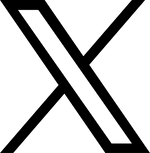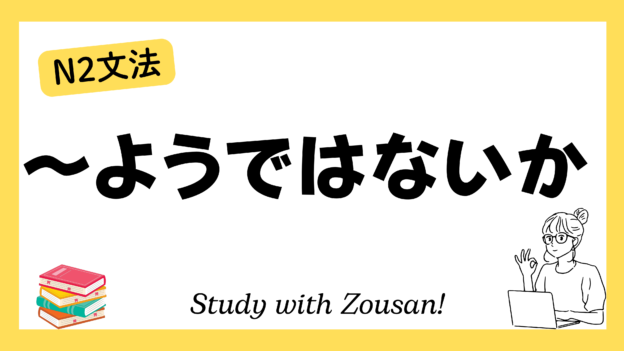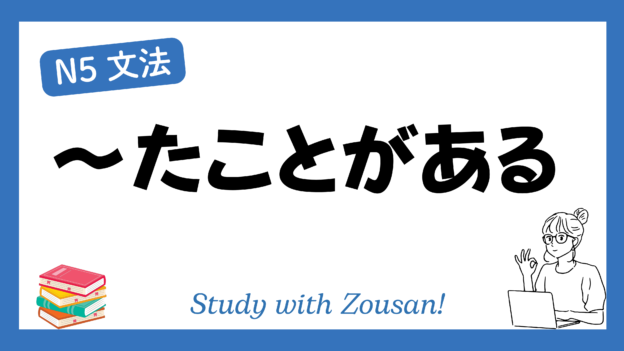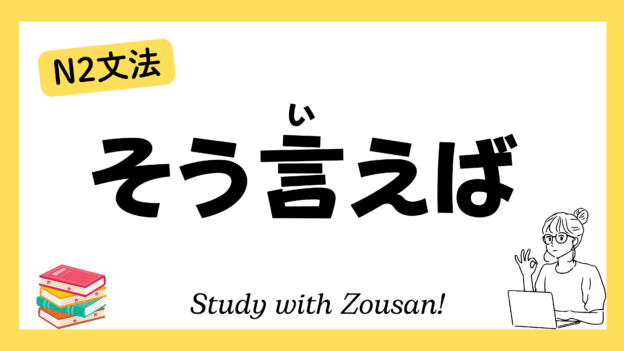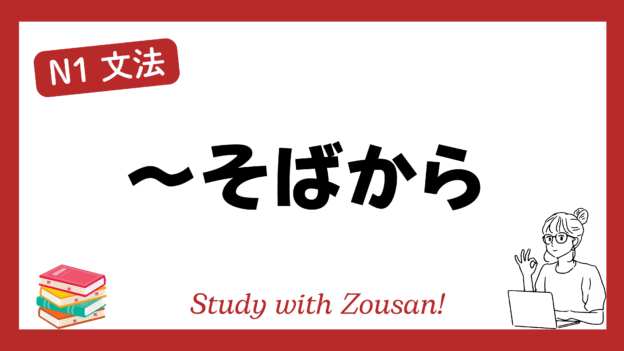N4文法:~ように/ような
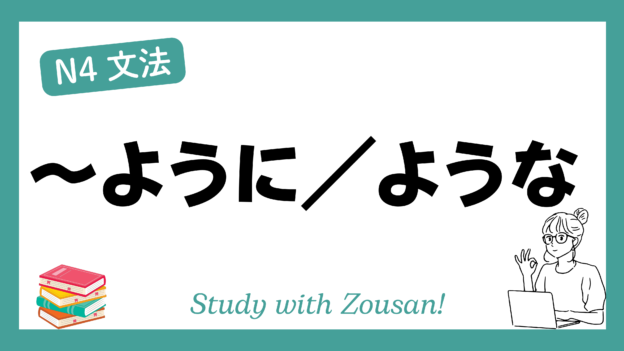
2024.08.19
Meaning: “Like…”, “Similar to…”
“~ように” and “~ような” are used to express similarity or comparison, often translated as “like” or “similar to.” They are used to describe how one thing resembles another in appearance, behavior, or state. “~ように” is typically followed by a verb, while “~ような” is followed by a noun.
※Note: These structures are frequently used in both formal and casual speech to describe things in terms of resemblance or similarity.
Structure:
| Verb (casual) | + ように + Verb/Adj + ような + Noun |
| Noun + の |
Example:
-
-
-
🌟 彼は鳥のように飛んだ。
(かれ は とり の ように とんだ。)
He flew like a bird. -
🌟 彼女は天使のような笑顔をしている。
(かのじょ は てんし の ような えがお を している。)
She has a smile like an angel. -
🌟 この家は城のように大きい。
(この いえ は しろ の ように おおきい。)
This house is as big as a castle. -
🌟 子供のように遊びたい。
(こども の ように あそびたい。)
I want to play like a child. -
🌟 彼のような人と仕事がしたい。
(かれ の ような ひと と しごと が したい。)
I want to work with someone like him. -
🌟 花のように美しい景色だ。
(はな の ように うつくしい けしき だ。)
The scenery is as beautiful as a flower. -
🌟 彼はロボットのように動いている。
(かれ は ロボット の ように うごいている。)
He moves like a robot. -
🌟 その犬は猫のような動きをする。
(その いぬ は ねこ の ような うごき を する。)
That dog moves like a cat. -
🌟 彼は雷のように怒った。
(かれ は かみなり の ように おこった。)
He got angry like thunder. -
🌟 彼女は子供のような目をしている。
(かのじょ は こども の ような め を している。)
She has eyes like a child.
-
-



